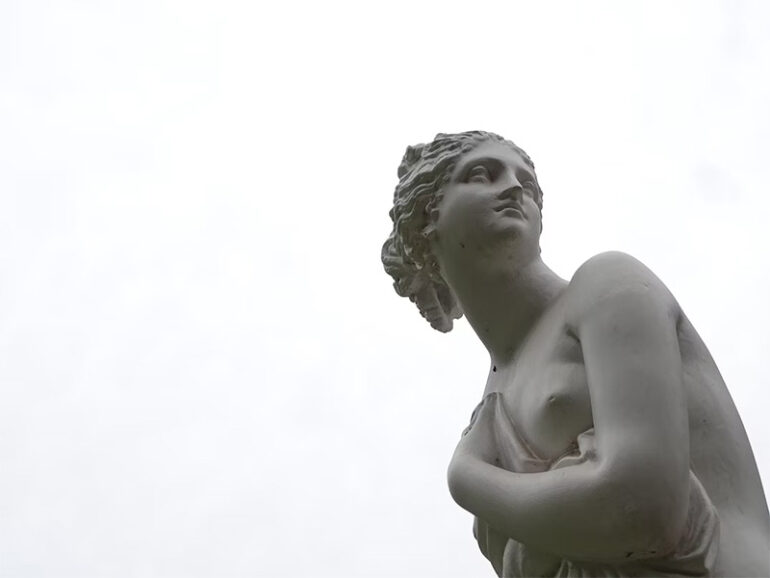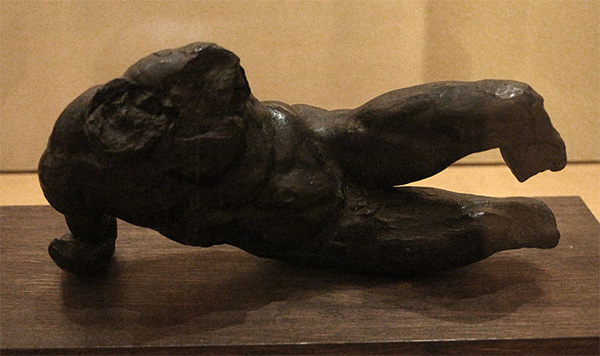Art has historically conveyed the intricacies and allure of the human physique. Throughout history, artists have aimed to capture the human body’s essence, with sculpture being a prominent art form. Sculpture captures the grace, strength, and vulnerability of the human form in 3D.
The historical significance of the human form in sculpture
The art of sculpting has an extensive and illustrious past, originating from early societies like the Greeks and Romans. Ancient societies acknowledged the human form as the epitome of aesthetic appeal and flawlessness. During that time period, artists specialized in capturing the perfected physical shape, frequently illustrating divinities, female deities, and legendary figures. The sculptures embodied spirituality and folklore, while also celebrating the aesthetic beauty of the human form.
The Renaissance and the human form
The Renaissance brought significant changes to sculpture’s portrayal of the human form. Michelangelo and Donatello’s realistic and precise sculptures brought structural change to the art world. They focused on the human body, as seen in sculptures like Michelangelo’s David and Donatello’s David, which showcased the male form’s beauty and strength. The human body was elevated to high art status, celebrated in sculptures for its power and grace.
Modern interpretations of the human form in sculpture
Throughout contemporary times, the exploration and celebration of the human form in sculpture has persisted among artists. On the other hand, the approach has experienced increased diversity and experimentation. Auguste Rodin and Henry Moore, sculptors who embraced a more abstract and expressive style, focused on capturing the emotions and inner essence of their subjects. The complexity of the human mind and spirit is showcased in Rodin’s iconic sculpture, The Thinker, which depicts a contemplative figure. The celebration of the physical beauty, emotional depth, and psychological complexity of the human form is evident in these contemporary interpretations of sculpture.
Sculpture as a celebration of diversity
The diversity of the human form is truly remarkable. The celebration of diversity, the challenging of societal norms, and the promotion of inclusivity have all been crucial roles played by sculpture. Sculpture has been employed by artists like Louise Bourgeois and Yinka Shonibare to examine matters of gender, race, and identity. In Bourgeois’ sculpture, Maman, a giant spider is depicted, symbolizing the strength and vulnerability inherent in motherhood. Shonibare’s work frequently showcases headless mannequins adorned in lively African textiles, disrupting conventional ideas of aesthetics and portrayal. The celebration of the human form in all its variations is the focus of these sculptures, as they aim to highlight the beauty and uniqueness of each individual.
The celebration of the human form as a work of art has been a longstanding tradition in sculpture. Throughout history, artists have endeavored to depict the allure, power, and variety of the human physique, spanning from ancient civilizations to the Renaissance and contemporary interpretations. By going beyond mere aesthetics, sculpture allows for a three-dimensional representation that showcases the emotional depth and complexity of the human experience. In sculpture, the celebration of the human form, whether through idealized forms or abstract expressions, remains a source of inspiration and captivation for audiences, serving as a reminder of the intrinsic beauty and worth of our own bodies.
Photo Attribution:
1st & featured image by https://unsplash.com/photos/utAMCFc1-SY
2nd image by Sailko – Own work, CC BY-SA 4.0, https://commons.wikimedia.org/w/index.php?curid=37481085

